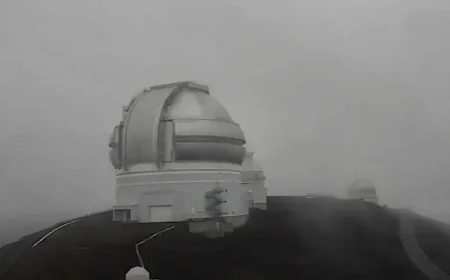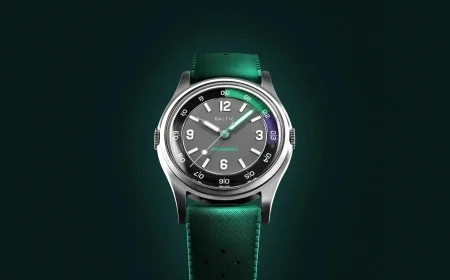Researchers there are part of a UK team designing a high-resolution imaging camera to be used on NASA's Habitable Worlds Observatory (HWO) mission.
The HWO will be the first telescope specifically designed to find Earth-like planets and investigate them for signs of life.
Professor Richard Massey from Durham University said the new technology would be the "Hubble Space Telescope of the 21st century" and could lead to many major discoveries.
Measuring rocky planets
He said: "As well as finding life, this amazing telescope will observe asteroid collisions in our solar system, peer into black holes, and unravel the mystery of dark matter."
NASA's HWO mission is expected to launch in the early 2040s.
Studying rocky planets like Earth is difficult because they are close to stars and are obscured by their glare.
The telescope will use an instrument called a coronagraph which will block out the bright glare and allow rocky planets to be seen for the first time.
The camera is expected to be able to measure a planet's mass and examine its atmosphere for chemical signatures of life.
The UK hardware team is led by University College London and includes scientists and engineers from the University of Portsmouth, RAL Space, the UK Astronomy Technology Centre, and Durham University.
It is one of two groups funded by the UK Space Agency investigating the feasibility of a UK-led high-resolution imager.
The other group is led by the University of Leicester.

 Like
0
Like
0
 Dislike
0
Dislike
0
 Love
0
Love
0
 Funny
0
Funny
0
 Angry
0
Angry
0
 Sad
0
Sad
0
 Wow
0
Wow
0












































